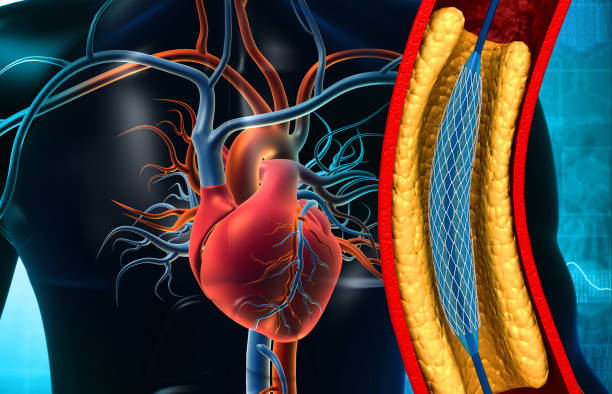Primary Coronary Angioplasty: Expanding Scenario in Cardiac Interventions

What is Angioplasty?
Coronary Angioplasty is a procedure used to unclog blocked arteries in the heart. Angioplasty can help in the treatment like chest pain and shortness of breath caused by clogged arteries. Angioplasty is also commonly conducted during a heart attack to unblock a blocked artery fast and reduce heart damage.
What are the types of Angioplasty?
Angioplasty is divided into two types:
- Balloon angioplasty
- Stent placement in the artery
Balloon Angioplasty
The procedure of balloon angioplasty is performed to open restricted or obstructed arteries. It involves inserting a catheter into an artery with a balloon attached to it. The balloon is inflated at the site where plaque deposits have cut off or constricted the blood flow route.
Stent placement in the artery
A tube, or stent, composed of wire mesh is used to implant a stent. After angioplasty, stents assist keep an artery from narrowing again. Nowadays it is almost always used alongwith the balloon procedure to prevent collapse or renarrowing of the vessel. Only in few cases where there are either small vessels, distal thin vessels or small side branches only balloon angioplasty is done. There is also a provision of a Drug Eluting or coated balloon where the drug only is left behind in the vessel wall.
What are the risks of Angioplasty?
The risks associated with coronary angioplasty include:
- Artery re-narrowing: There's a chance the treated artery will get clogged again after angioplasty and even after drug-eluting stent insertion (though in less than 5% of cases). When bare-metal stents were used, the risk of re-narrowing of the artery was significantly higher up to 30%.
- Bleeding: During the recovery period after angioplasty, the local site from where the catheter was put into the artery may bleed. However with the increasing usage of the radial (wrist) artery, this complication is rare now. Simple bruising can happen, which subsides in a few days time.
- Blood clots: Even after the stent implantation, blood clots can block the stents. This is seen in less than 0.5% cases and is usually in the background of acute heart attack. A repeat procedure done urgently is usually emough to cater to this situation.
Primary Angioplasty
A primary angioplasty is when an angioplasty is utilised to reopen a coronary artery in someone who is having a heart attack. Primary PCI, is another term for primary angioplasty.
Primary Angioplasty saves life and avoids or limits damage to the heart muscle (myocardium) being supplied by the particular vessel.
Every minute of delay can lead to a worsening situation or an increase of mortality in such cases. Best results are achieved when patient is re-vascularized within 6 hours of onset of symptoms either by Thrombolytic Therapy (intravenous injection of clot buster drugs) or Primary PCI (In a cath lab enabled centre). After 6 hours of delay Thrombolytic therapy is not of much benefit and also carries a higher bleeding risk.
Primary PCI is extremely useful till at least 24 hours of the onset of heart attack. Even after thrombolysis, all patients should undergo an angiogram with a view to revascularization (Pharmacoinvasive Therapy) Primary PCI has been unequivocally shown to be better, both in terms of mortality and recovery of left ventricular function, and a safer mode of treatment.
Medical treatment by various groups of drugs is also an essential part of treatment both to keep the stent open, limit the muscle damage and also to prevent the minor plaques /deposits from flaring up.
Medanta Hospital provides round the clock 24x7 cover by experienced consultants (who are there on site) for such cases which are promptly managed and prompt angioplasty is done at any time of the day or night.






